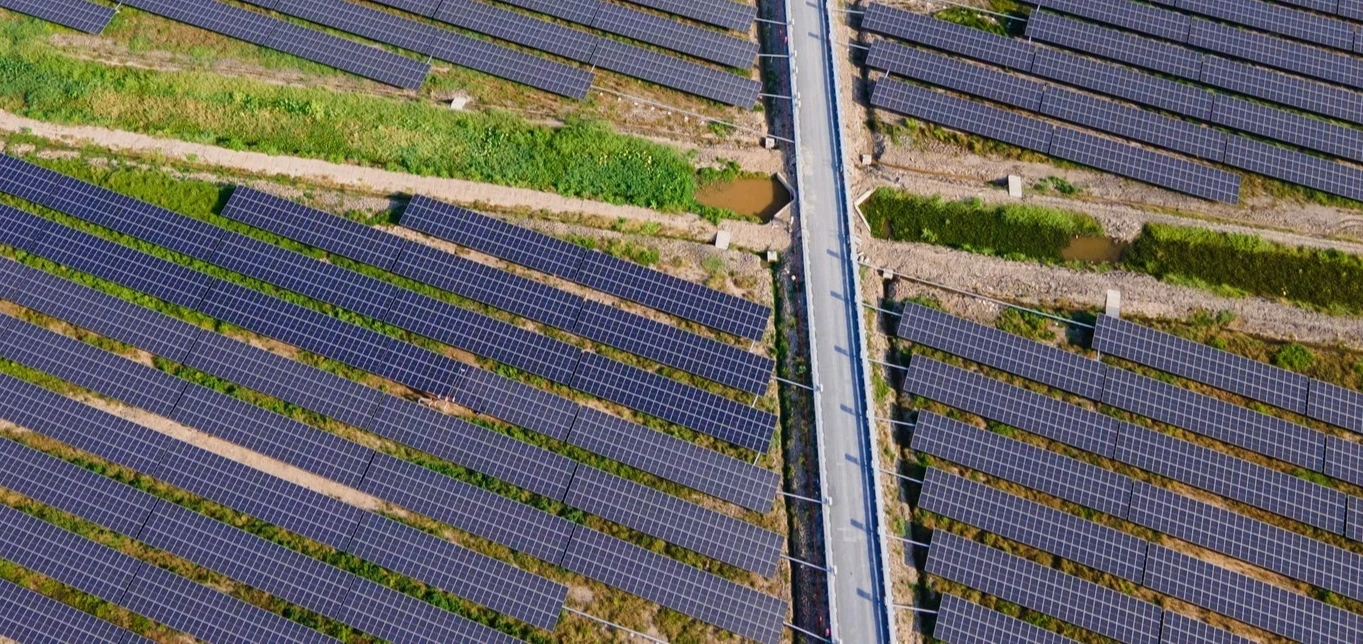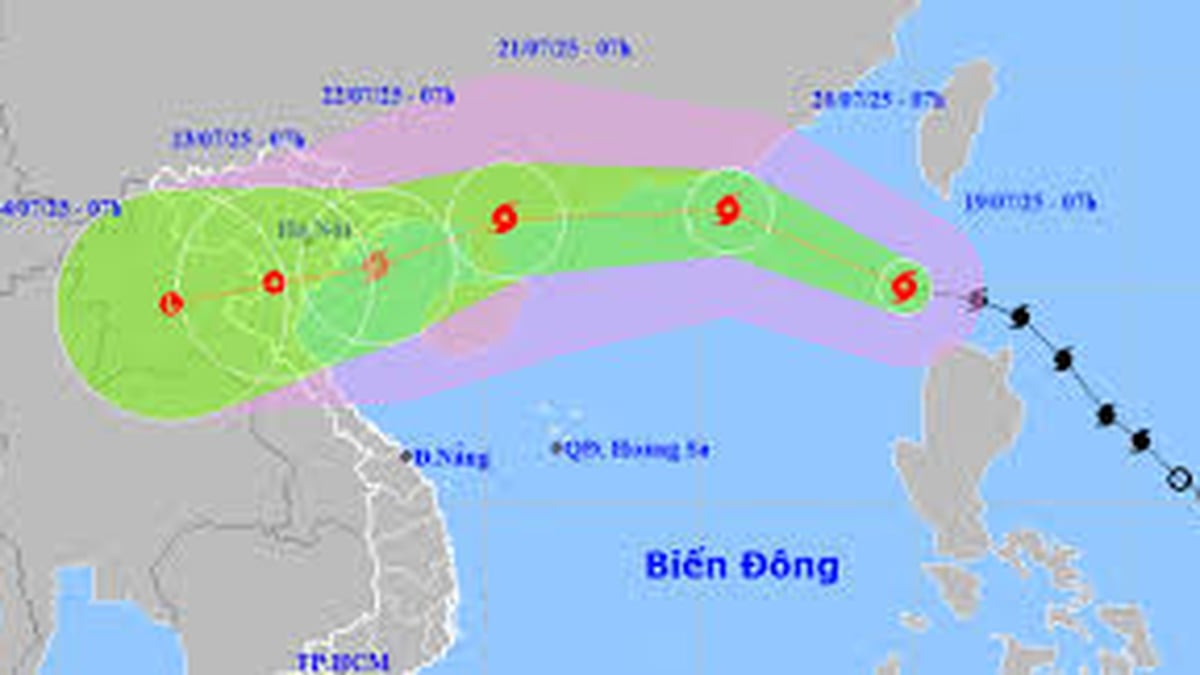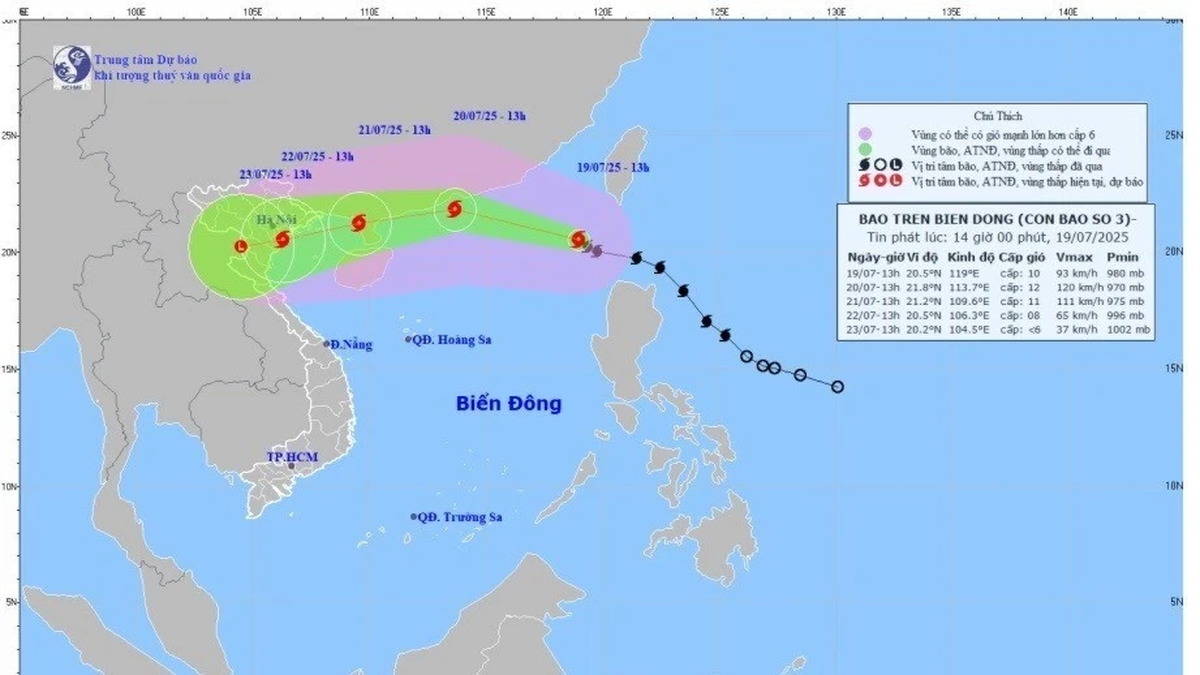The Government Inspectorate has just issued a notice concluding the inspection of the implementation of policies and laws in the management, implementation of planning and investment in the construction of power projects according to the Power Plan VII and the adjusted Power Plan VII. One of the contents mentioned is the management of rooftop solar power.

By the end of 2020, the total capacity of rooftop solar power put into operation will reach 7,864 MW (illustrative photo)
Rooftop solar power "hiding" behind farms
The inspection results show that from April 2020 to the end of December 2020, which was also the time after the Prime Minister issued Decision No. 13/2020 and the Ministry of Industry and Trade issued documents guiding the implementation, rooftop solar power was invested rapidly. By the end of 2020, the total capacity of rooftop solar power put into operation reached 7,864 MW.
The Government Inspectorate determined that in the process of managing this power source, the Ministry of Industry and Trade issued and advised on the issuance of a number of documents with loopholes and inadequacies.
Typically, the Ministry of Industry and Trade issued Circular No. 16/2017 regulating project development and model power purchase contracts applicable to solar power projects, in which Clause 2, Article 11 is inconsistent with the provisions of Clause 3, Article 4 of Decision No. 11/2017 of the Prime Minister.
The Ministry of Industry and Trade also advised the issuance of Clause 5, Article 3 of Decision No. 13/2020/QD-TTg, which does not specify or regulate the "roof" used to install photovoltaic panels of rooftop solar power systems. Therefore, the implementation process encountered many difficulties and shortcomings in determining the subjects of rooftop solar power systems to which the FIT price of 8.38 UScent/kWli is applied.
In particular, this agency issued document No. 7088/BCT-DL guiding the implementation of rooftop solar power development, including guidance on project transfer but not merging rooftop solar power system purchase and sale contracts into one contract.
This is not effective in management but also leads to the risk of taking advantage of policies to invest in large-capacity rooftop solar power systems and clusters on agricultural and forestry land under the farm model, violating planning and land use plans..., but still enjoying investment incentive mechanisms like rooftop solar power systems.
Based on the above-mentioned grounds, the Government Inspectorate transfers information, along with documents, to the Ministry of Public Security for consideration by the Ministry of Industry and Trade in issuing guidelines and advising on the issuance of mechanisms to encourage the development of rooftop solar power with loopholes, shortcomings, and violations. This situation has led to many rooftop solar power systems and clusters being invested in and built quickly with large capacity (approximately 1 MW) on agricultural and forestry land with large areas under the model of investing in farms, violating planning and land use plans, but enjoying preferential mechanisms for rooftop solar power systems (FIT price of 8.38 UScent/kWh, applied for 20 years).
Breaking the adjusted Power Plan VII
According to the conclusion announcement, the investment in coal-fired and gas-fired thermal power sources was not completed according to the plan (only reaching 82%); the solar power source invested and operated by the end of 2020 reached 16,506 MW, of which the grid-connected solar power capacity was 8,642 MW, 10.2 times higher than the approved plan (850 MW), developing rapidly, mainly concentrated in the Central and Central Highlands regions, which are areas with low load, leading to imbalance in the structure of power sources and regions.
The Government Inspectorate also determined that Vietnam Electricity Group did not complete the investment in the power grid according to the assigned tasks in the adjusted Power Plan VII, especially the investment in power lines only achieved a low rate (500 KV lines reached 58.55%, 220 KV lines reached 52.97%), 500 KV transformer stations reached 87.07%, 220 KV transformer stations reached 92.63%, many projects were behind schedule.
Investment in coal and gas thermal power sources was not completed according to the plan, especially the investment in power lines achieved a low rate, but the total installed capacity of invested power sources increased by 15.57% compared to the plan.
Notably, grid-connected solar power and rooftop solar power had been invested by the end of 2020 with a total capacity of 16,506 MW from the addition of many projects; along with the encouragement of rooftop solar power investment but not being strictly managed and controlled, it has caused the solar power capacity to increase rapidly.
Along with that, grid-connected solar power investment is mainly concentrated in the Central and Central Highlands regions, leading to an imbalance in the power system between the source and the grid, the structure of the power source and the regions, causing local overload and having to cut capacity, not ensuring the economic and technical aspects of the power system, breaking the adjusted Power Plan VII.
Not to mention, there are 6 projects/parts of projects with a total capacity of 452.62 MW that have been completed but have not been put into commercial operation (total investment cost of about 10,388 billion VND); 7 projects/parts of projects with a total capacity of 321.4 MW, investors have signed equipment procurement contracts/EPC contracts, land lease contracts/land allocation contracts (total amount spent of about 1,496 billion VND), causing waste of social resources, negatively affecting the investment environment for power development.
Source link


































































































Comment (0)